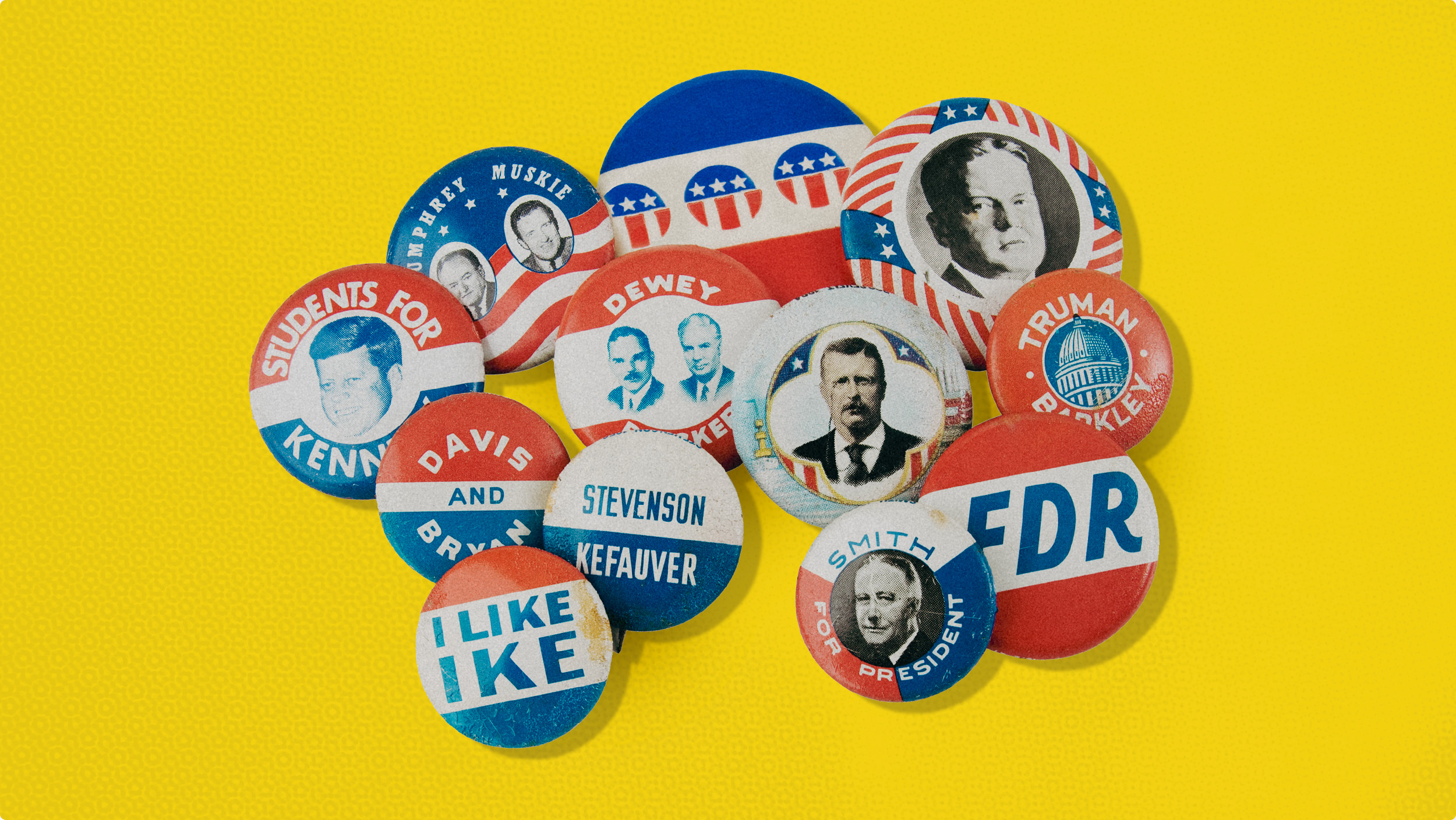How to protect your organization’s reputation in an election year.

By Kristin Kovach
VP, Public Relations
If the past few weeks indicate the rest of this presidential election cycle, we are all in for a wild ride. The volume of political messaging will continue to intensify (brace yourselves), and policy stances will become more apparent (hopefully). Along with that comes elevated risk for organizations of all types. While we think of the individual scrutiny that candidates and those closest to them face, companies and entire industries can also find themselves unwittingly in the fray. Even organizations that steer clear of bold political stances could come under scrutiny with one unfavorable comment or policy discussion from a candidate.
While some industries and organizations are adept at managing this scrutiny, many have the opportunity in the weeks and months ahead to be more proactive in protecting their reputation and better controlling the narrative about their work and impact. Now is the time to take action to weather any storm that might come your way this election cycle and beyond.
Tune into what’s happening
A good first step is to ensure you are engaged and monitoring the news and activity from each party. If it hasn’t already been a practice, plan to tune in for debates, convention speeches, town halls, and primary broadcast interviews. Ensure you also monitor the news and social media for any coverage or conversations about your organization or industry, looking closely at sentiment and risk through those lenses.
Retail media networks have a measurement issue — Why standardization is a challenge
If you haven’t already, set up Google alerts to inform you of any online news mentions of your brand and/or industry. This is a free tool and a good first step for monitoring. In addition, consider utilizing social listening tools to garner richer insights into conversations and sentiments around your brand. Make the news more digestible by subscribing to a few daily newsletters from top-tier media outlets and your industry’s top association.
Be self-aware
It’s time to self-reflect. What keeps the leaders in your organization up at night? What scrutiny has your organization or industry faced in recent years? Have candidates zeroed in on your industry or organization in the past? Where are you most exposed or at risk?
By thoughtfully considering these questions and tapping into leaders from various disciplines within your organization, you will quickly uncover many risks worth considering. After identifying those risks, identify which are of the highest concern and could be of particular interest outside your organization. Tier those risks based on the severity of the impact on the organization and their likelihood of garnering political interest.
Get on the same page
With your risks mapped out, now is the time to critically examine your crisis communications plan to ensure you are prepared with a dedicated response team, a clear process, and messaging to respond to those top risks. Gather that team to review the plan and practice utilizing it in likely scenarios.
For the most challenging issues and risks, use this time to get alignment from leadership on how you would want to respond. Trying to get alignment in the heat of the moment from a group of leaders can be extremely challenging and lead to long response delays, heightening scrutiny, and reputational damage to an organization.
Tell your story
As they say, the best defense is a strong offense. If you looked at your organization’s website or social channels, would you know what your organization stands for and its values? Are you sharing how you are improving the lives of your employees, customers, and community? Is your organization making an economic impact that taxpayers should understand?
You have a great opportunity to proactively share your story and its positive impact on your channels and in media interviews. This is also a time to audit any concerning or inaccurate information on those channels. Help the public better understand your organization and what it stands for so they don’t have to fill in the blanks with misinformation.
Find your people
As you consider your next steps, it is also a good time to engage with industry associations and other member organizations focused on government relations, understanding policy issues, and coalition building. Many industry associations are great resources and can help organizations of various sizes navigate and understand the impact of proposed policies and regulations. The adage of strength in numbers is also true. Knowing you have friends and allies to call during a crisis for advice or shared response is key.
As summer wraps and we head into the most intense presidential campaign months, now is the time to protect your organization’s reputation. Time spent on these proactive measures is never wasted. While the election cycle will be over before we know it, getting your house in order will be beneficial in any environment. By preparing for a crisis, you can better communicate and protect your stakeholders while delivering on your organization’s ultimate purpose.
This article originally appeared in ANA’s Industry Insights.
For a thorough evaluation to help your brand build its biggest future, contact Kristin Kovach at kkovach@barkleyokrp.com.